When I first saw this almost all white stork in 2013 with Bev Scott about 8 KM from San Felipe near Rancho Santo Domingo, it fed in a freshwater wetland out of camera range. That didn’t stop me from taking a photo of this massive 5’ bird. Through binoculars I could see a featherless black neck lined with a wide red collar at the base. Quite a memorable experience!
Luckily, I recently photographed it closer in Brazil’s Pantanal and became fascinated with that neck color and function. One interpretation from a South American Indian name translates to “swollen neck.” Another source suggests that “yabiru” translates to “blown out by the wind.” How appropriate since the photos below show it enlarged.
After a ridiculous amount of research, I’ve found little information about that intriguing neck. When the bird is agitated, the red color deepens to scarlet. When calm, the color turns pinkish. Males exhibit more color in the reddish skin than females. The neck pouch also may be inflated due to danger, anger, or courtship.
At this nest, the male may be distressed. But the several year old nest adjacent to a well-traveled road has been used for years with many passersby including photographers. Perhaps the irritation to this stork may be from its NOISY neighbors, Monk Parakeets (Myiopsitta monachus), who built their nests in this stork nest.
SOUND LINK: https://www.xeno-canto.org/226157
Since both parents spend about six to seven months to breed and raise the 2-5 young, less than half breed the next season. Another hindrance to breeding success happens when the more than 7’ x 3’ stick nest collapses or when a Southern Caracara (Caracara plancus) may force the pair to abandon their nest.
Finally one source stated the neck reacts similarly to a pelican’s pouch to strain out water after prey capture. I observed two adults searching for food. Fourteen-sixteen inch long, upturned bills are lowered into shallow water and may splash water to flush prey. I saw the neck swell, and voila, the bird released the water out from its bill.
They dine on freshwater aquatic animals from fish and frogs to eels and snakes to young caiman (alligator cousins) and crabs to other critters. These hulking storks may locate baby caiman from their distress calls and then tenderize them by hitting them against logs. (Wouldn’t that be the time for the most distressed calls?)
As the bulky bullies in the wetlands (Jabba the Hutt come to mind?), they steal food from other storks such as Wood Storks and ibises. (Kleptoparasitism)
With all white wings reaching 9.2 feet, the Jabiru is unlike the White Ibis, American White Pelican, Wood Storks or King Vulture that sport black flight feathers. Also, those of us familiar with Wood Storks and Roseate Spoonbills will appreciate how the Jabirus dwarf them in the following photos. Now you get the idea of its size.
One of the biggest and heaviest flying birds in the Americas, the Jabiru is a permanent resident of the peninsula, but more commonly observed in the state of Campeche. It ranges from SE Mexico to N Argentina and Uruguay.
Friend Barbara MacKinnon shared these details: “It began nest building in early Dec., 2005 and the three chicks hatched in Feb., 2006. The location was Peten Tucha, located between Rancho San Salvador and Las Coloradas. Two years later in Dec., 2007 a pair was seen copulating in the same nest, but they never nested there again. As I recall, drought was the cause of the species not being seen in the area again. I had seen three of different ages feeding in an inundated area just outside PetenTucha more or less during or even before the pair nested there.
Jabiru’s disperse during the year throughout the peninsula and can show up anywhere, but they don’t nest just anywhere. Prior to the 2005-06 nesting in the Ría Lagartos Biosphere Reserve, the species was never reported nesting in Yucatán…and has not nested here since.”
In exciting news, friends Ele Conde and Bev Scott did post recent photos of the Jabiru at the reserve in December. And as Barbara stated the Jabiru doesn’t migrate but it does disperse to locate foraging areas. Even those in the Brazil’s Pantanal may relocate to Argentina.
By the way, I need to stress that many references state the Jabiru is the largest flying bird (9.2 feet wingspan) in the Americas. Male Jabirus vary from 13-18 pounds and females about 10-14 pounds. Sorry, but that title goes to the Andean Condor when its 33 pound weight and 10+feet wingspan are combined.
LET NATURE INFLATE YOUR SENSE OF WELL-BEING!
DISCLAIMER: REFERENCES REALLY DON’T AGREE ABOUT THIS SPECIES.
Email correspondence: Barbara MacKinnon, Bev Scott, Rene Denis
Sal a Pajarear Yucatan, Birds and Reserves of Yucatan, A Guide to the Birds of Mexico and Northern Central America,
A Guide to the Birds of Costa Rica, CRC Handbook of Avian Body Masses, A Birdwatchers’ Adventurers in Tropical America, A Neotropical Companion, xeno-canto.org
https://www.houstonchronicle.com/life/article/Jabiru-storks-are-impressive-creatures-4525736.php
https://www.dwazoo.com/animal/jabiru-stork/
https://www.hbw.com/species/jabiru-jabiru-mycteria
https://neotropical.birds.cornell.edu/Species-Account/nb/species/jabiru/overview
http://animaldiversity.org/site/accounts/information/Jabiru_mycteria.html
http://www.scielo.br/scielo.php?script=sci_arttext&pid=S1984-46702010000500012
http://www.bioone.org/doi/abs/10.1676/04-078 nest trees emergent 15-30 m above ground
Cherie Pittillo, “nature inspired,” photographer and author,
explores nature everywhere she goes. She’s identified 56
bird species in her Merida, Yucatan backyard view. Her
monthly column features anecdotes about birding and other wildlife in Merida,
Yucatan and beyond. Contact: [email protected]
All rights reserved, ©Cherie Pittillo

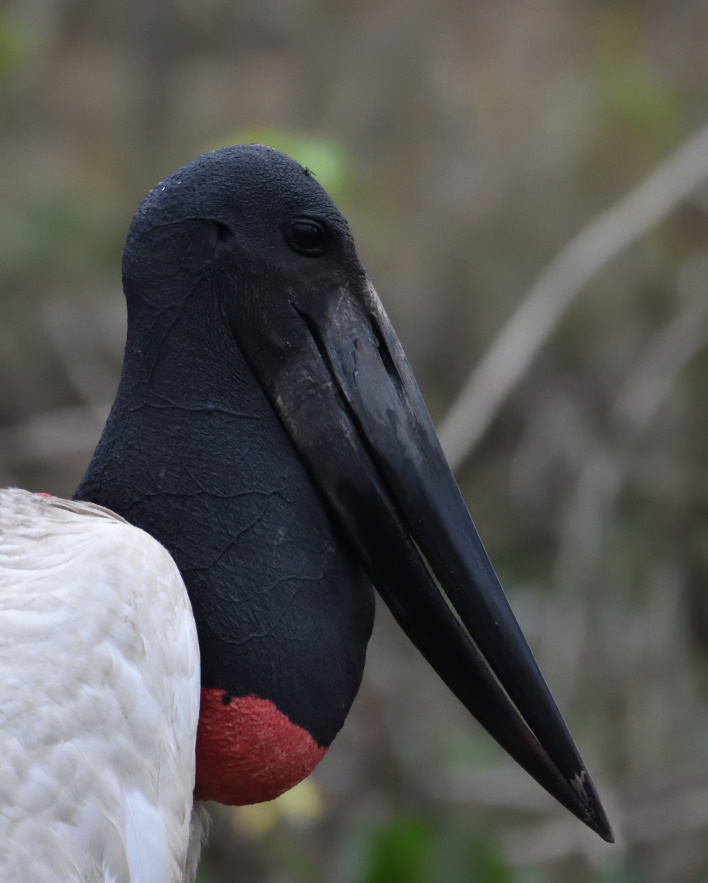
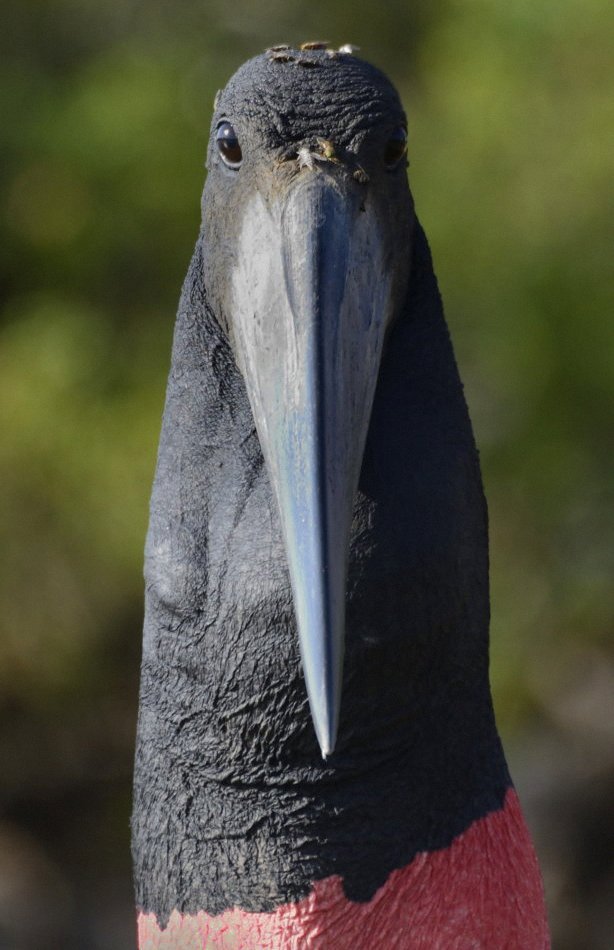
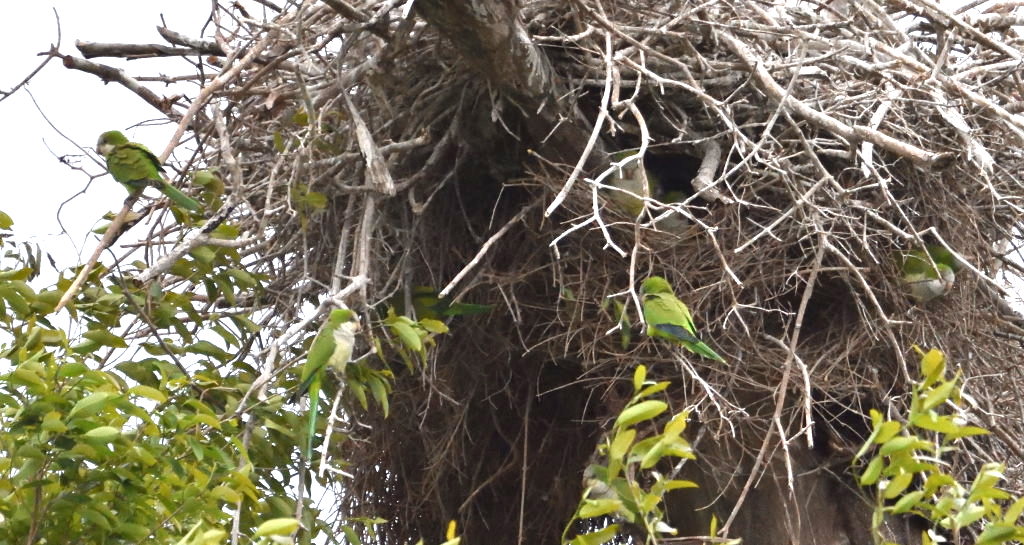
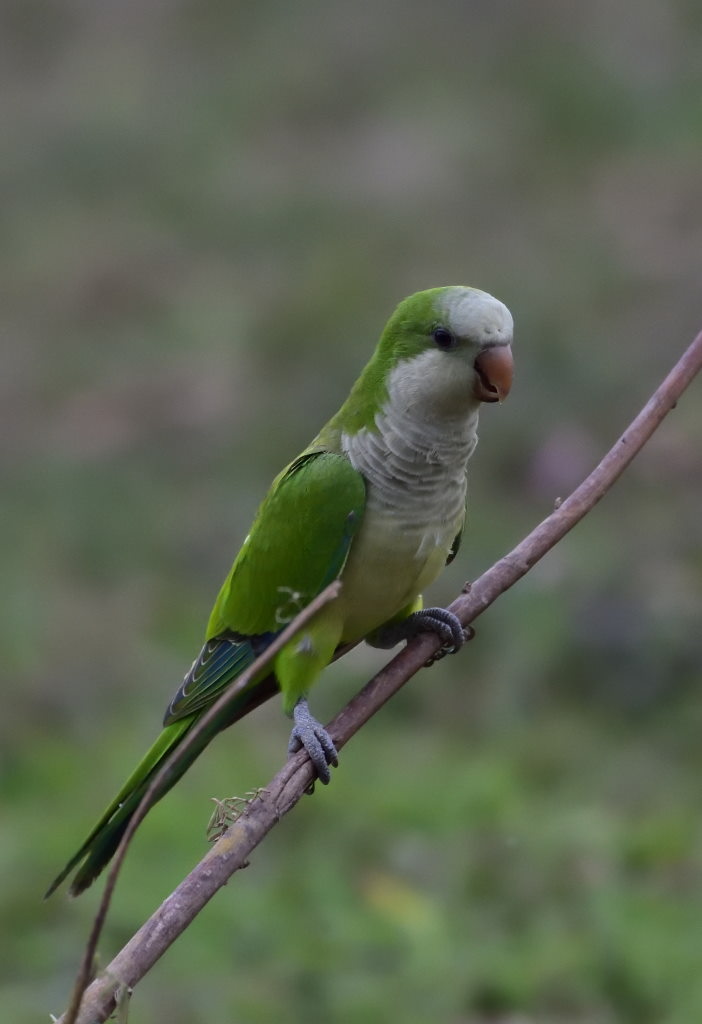

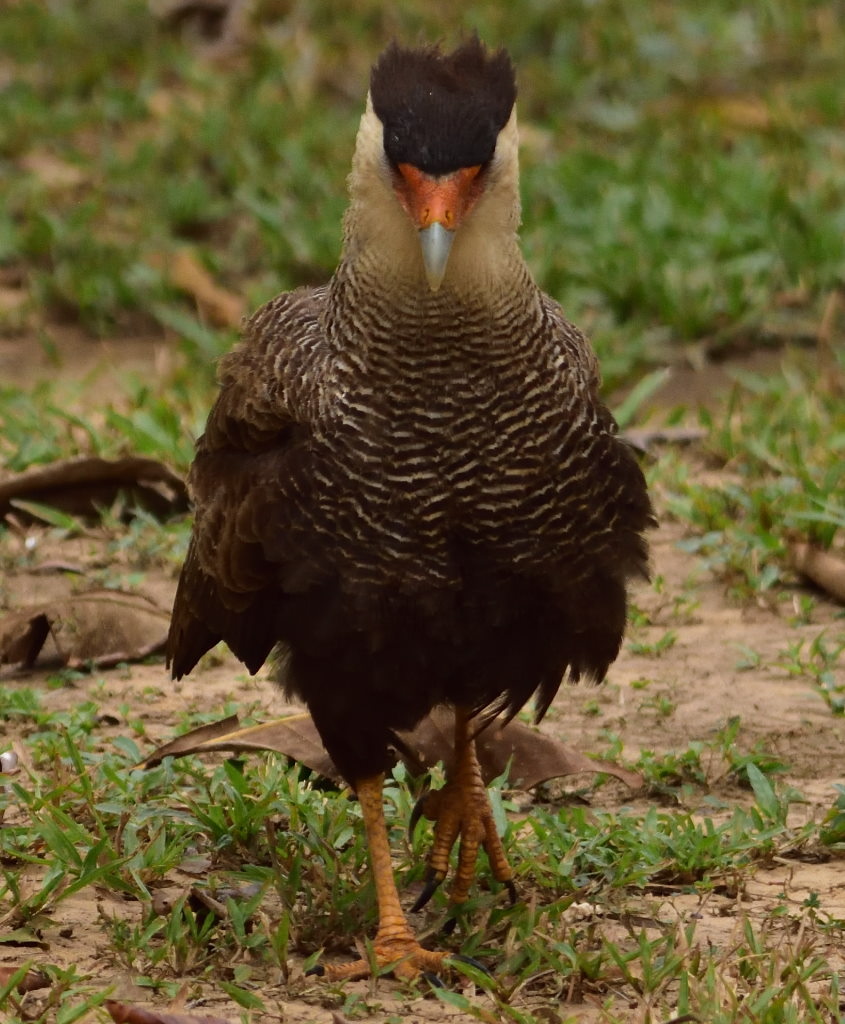
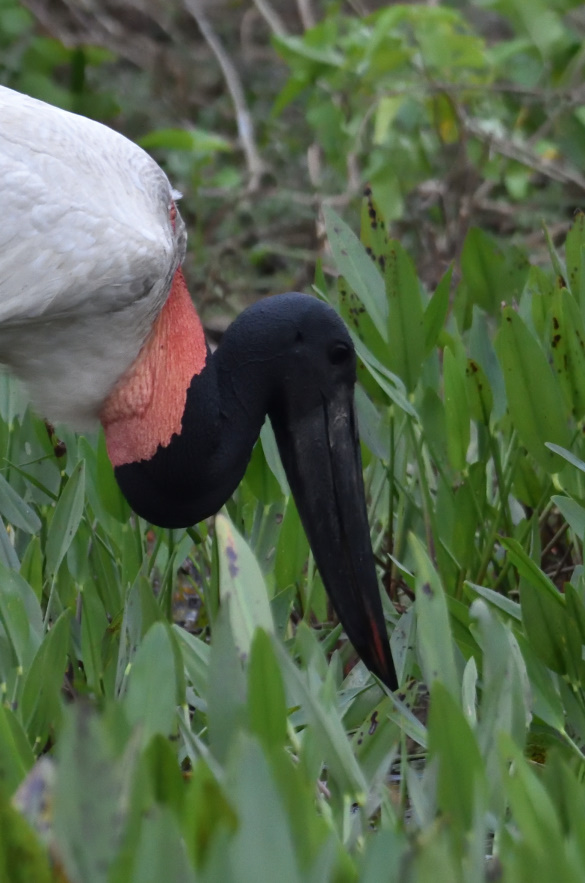
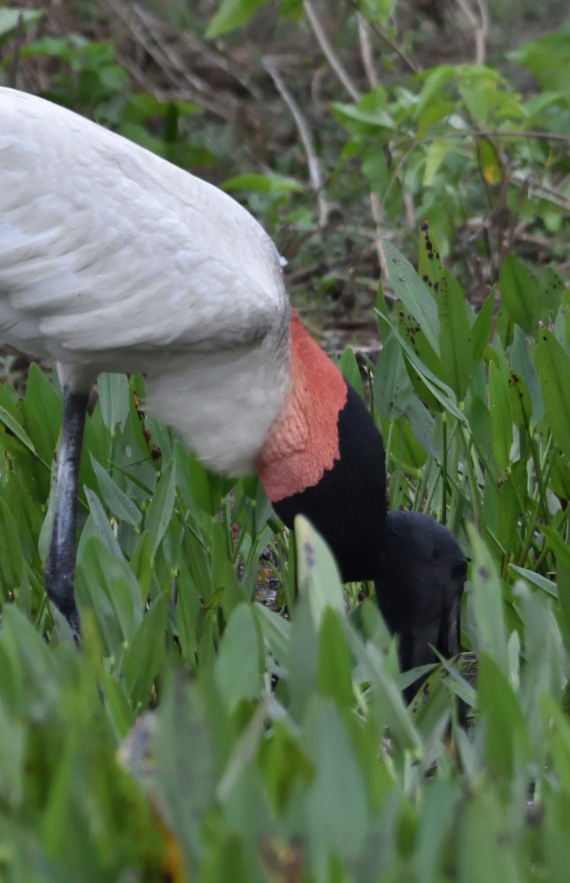

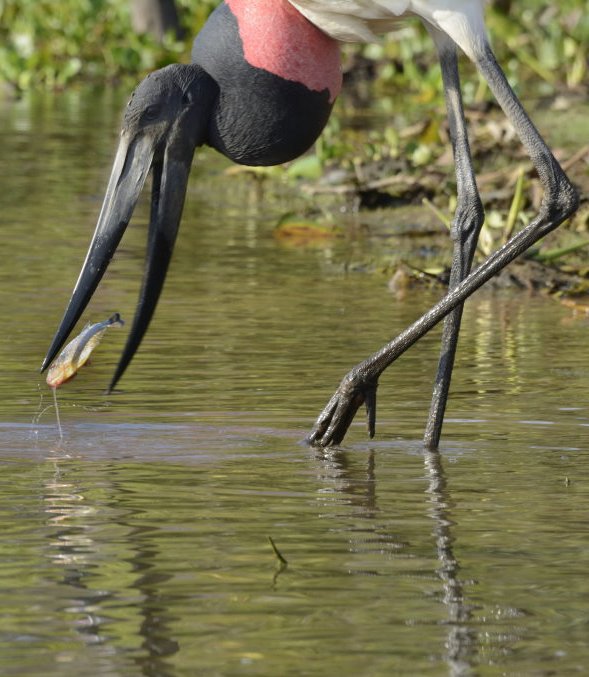
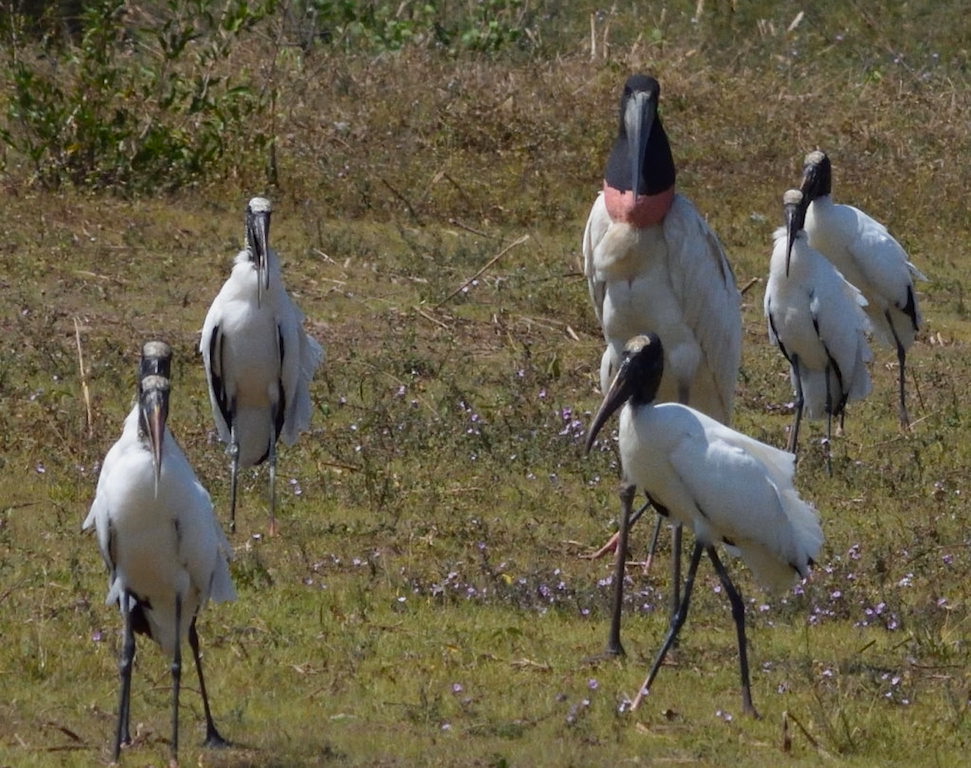

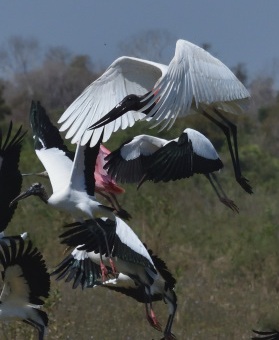
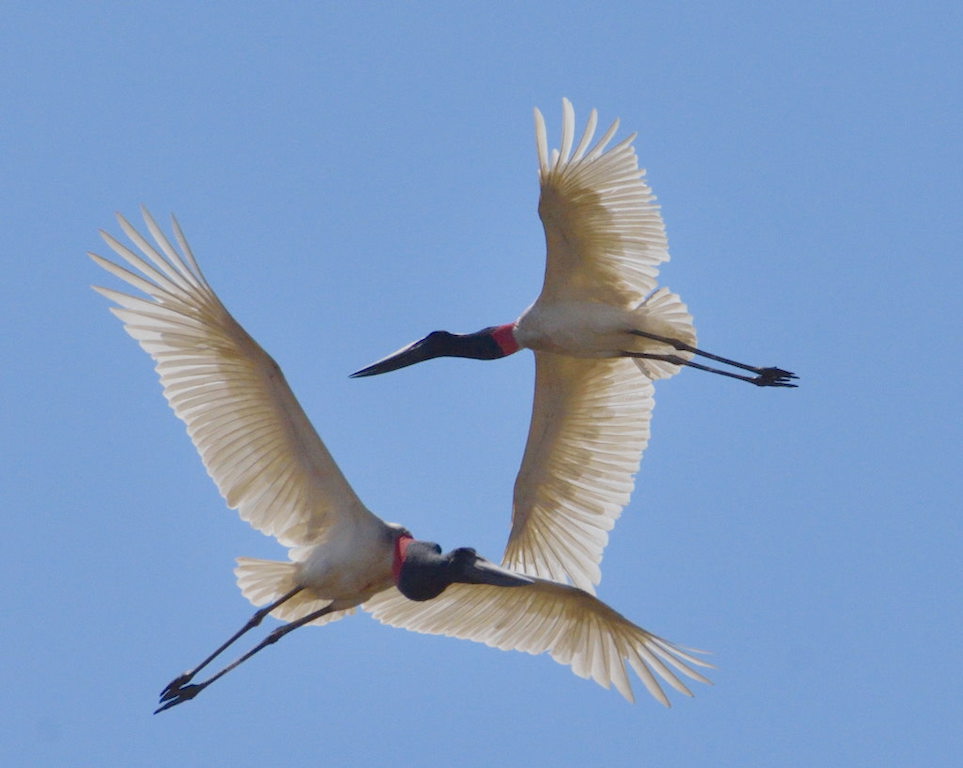

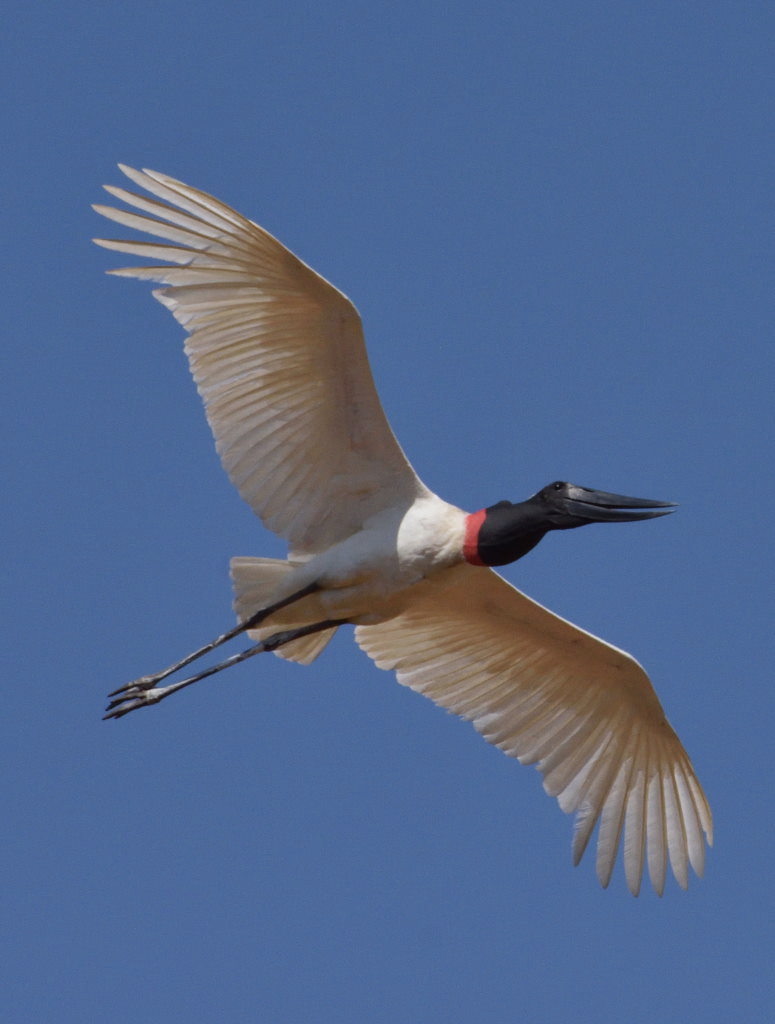
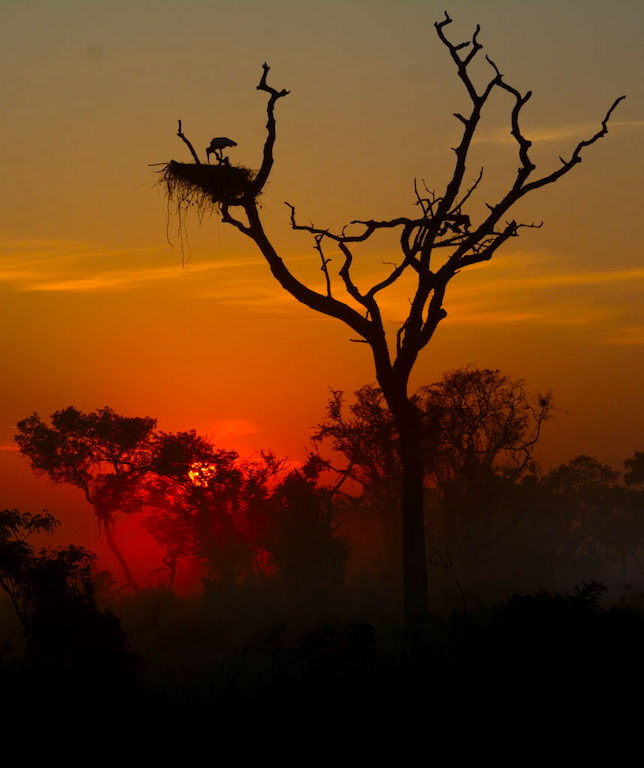

1 comment
Well done Cherie! Great photos, fascinating information on this amazing species, and a masterful, poetic closing shot! Thumbs up!
Comments are closed.